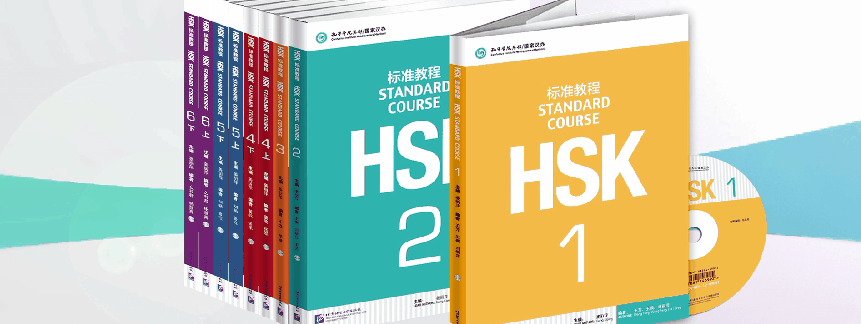Online Bookstore
New Concept Chinese Textbook 6
Author:Cui Yonghua
- Medium:Books,MPR
- ISBN: 9787561950661
- Page Count: 99
- Size:285 × 210 mm
- Pub Date:2017-12
- The book weight: 268 g
- Annotation Language:English
- Course:Comprehensive
- Target Audience(Age):Adults
- Target Audience(Language):Intermediate ,Advanced
- The Series: New Concept Chinese
- Subject Zone: New Concept Chinese
- Price:
-
Category: Textbooks >Study in China >Short-Term
Textbooks >Study outside China >Adults
More














